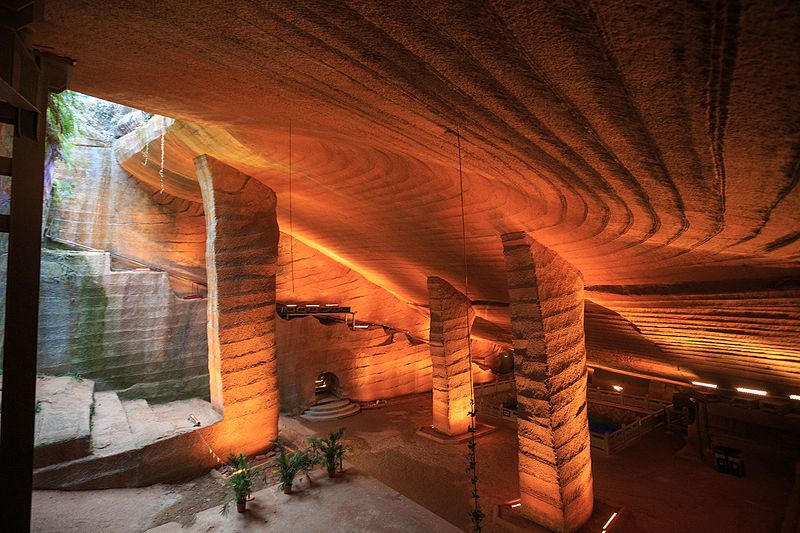
In June 1992, farmers draining ponds in Longyou County, Quzhou prefecture, Zhejiang province, China, discovered that they weren’t ponds at all but drowned caverns, apparently created during the Ming Dynasty.
To date 36 such caves have been discovered in a region of 1 square kilometer. They’ve been compared to underground palaces, with rooms, halls, pillars, beds, bridges, and pavilions. But their age and function remain unclear because no historical document mentions them.
(Cheng Zhu et al., “Lichenometric Dating and the Nature of the Excavation of the Huashan Grottoes, East China,” Journal of Archaeological Science 40:5 [2013], 2485-2492.)
